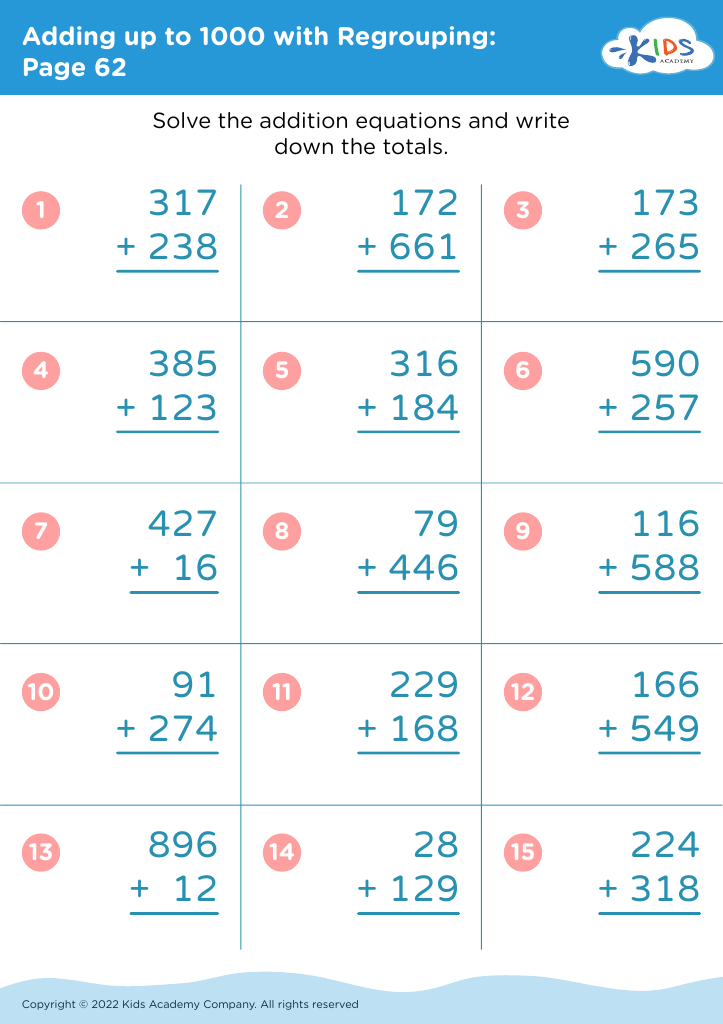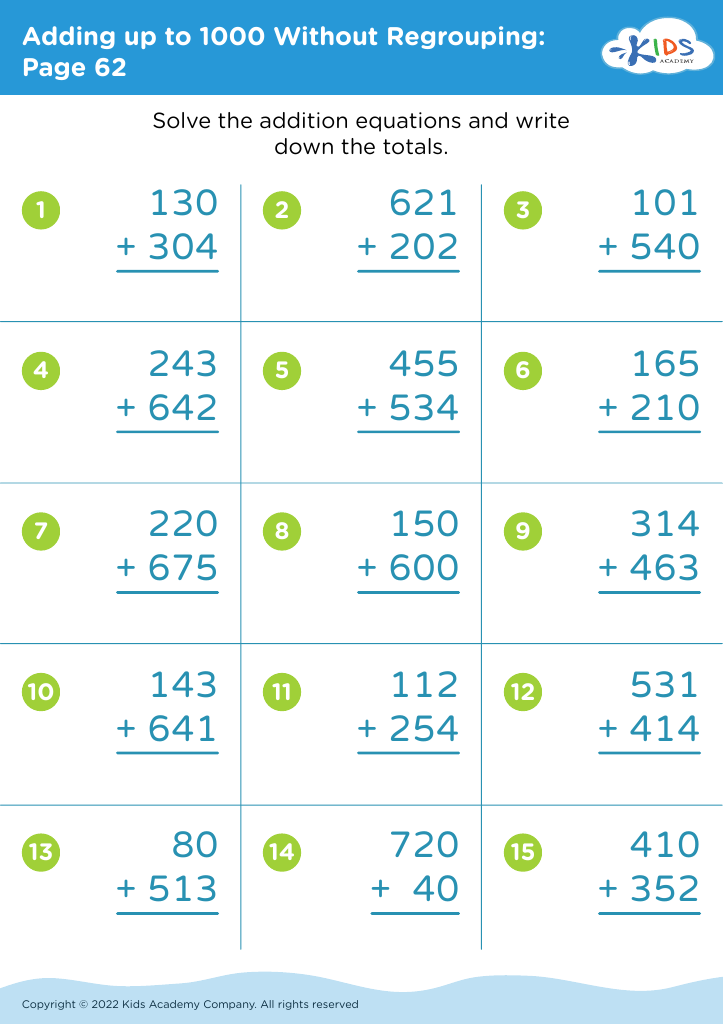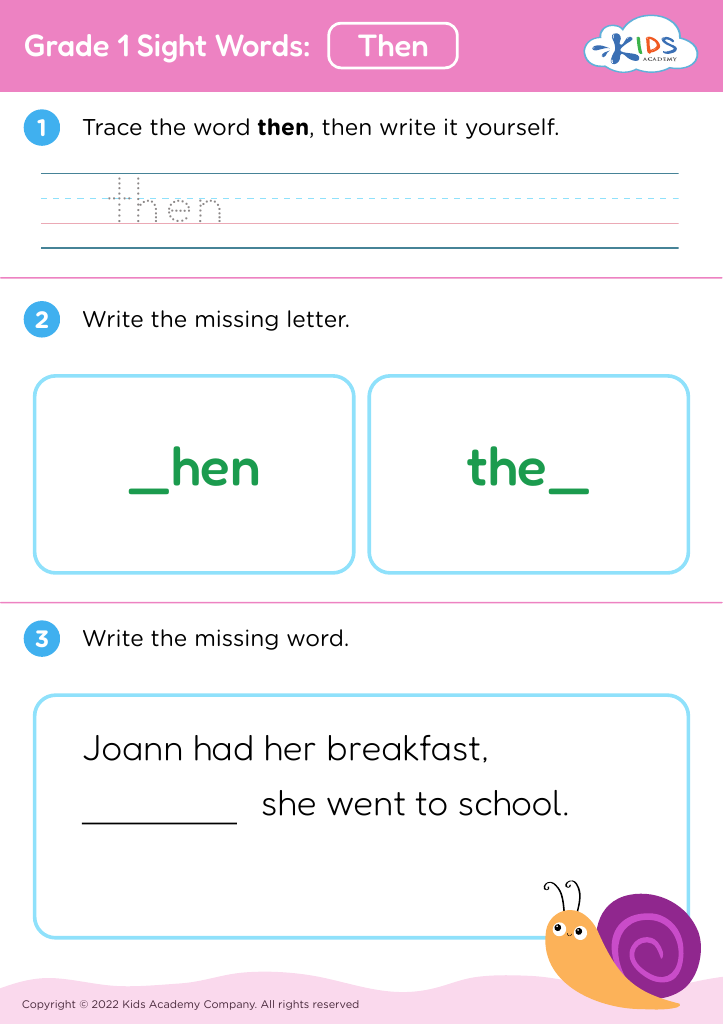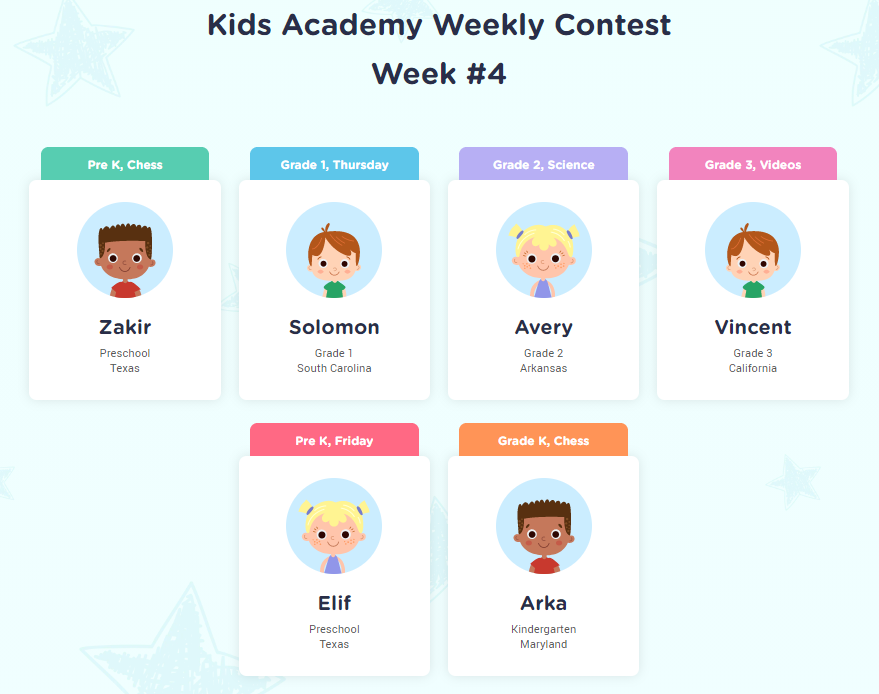Identifying fractions Worksheets for Ages 7-9
6 filtered results
-
From - To
Welcome to our Identifying Fractions Worksheets for Ages 7-9! Tailored specifically for young learners, these engaging resources help children grasp the concept of fractions through fun and interactive activities. Designed to enhance critical thinking and problem-solving skills, our worksheets cover various topics including partitioning shapes, comparing fractions, and identifying halves, thirds, and fourths. Each worksheet offers clear instructions and vibrant visuals, making learning enjoyable and effective. Perfect for classroom use or at-home practice, these tools support educators and parents in fostering confidence and understanding in young mathematicians. Explore our collection to help your child develop essential fraction skills today!
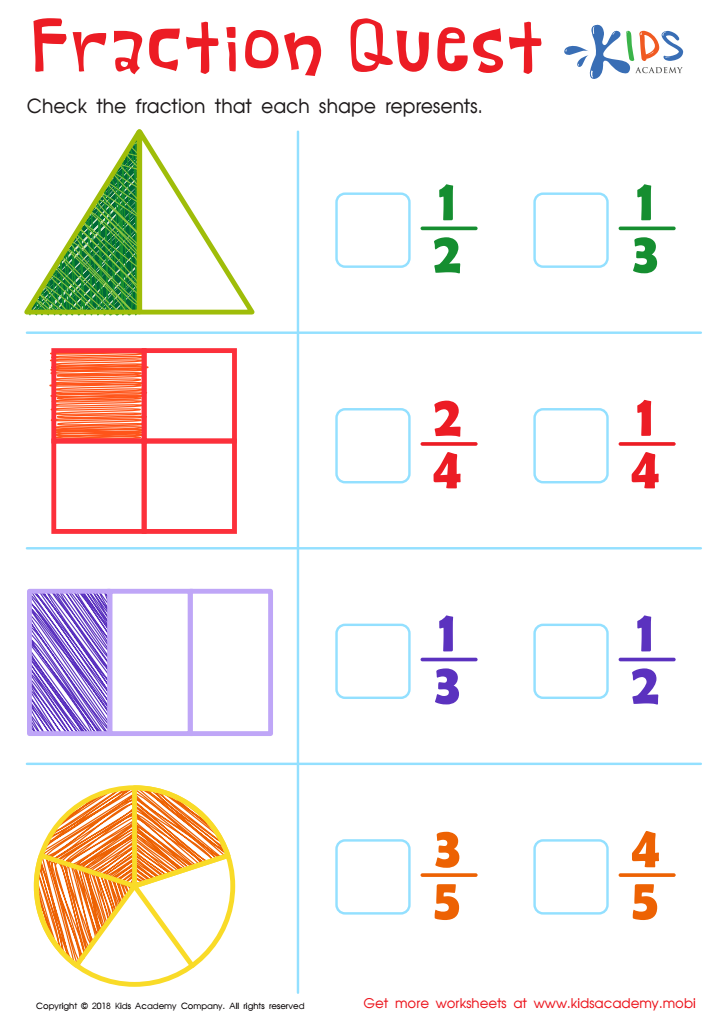

Fraction Quest Worksheet
Identifying fractions is a foundational math skill for children aged 7-9 that plays a crucial role in their overall development. At this age, students begin to encounter fractions in more depth, moving beyond simple recognition to understanding their part-whole relationship and the concept of equal parts. This skill is essential not just for math but also for everyday life, like sharing food or art projects, where children learn fairness and proportionality.
When parents and teachers emphasize the identification and understanding of fractions, they help children build critical thinking and problem-solving skills. Engaging with fractions strengthens a child's ability to visualize numbers and enhances their understanding of ratios, percentages, and even decimals later on. Moreover, it directly impacts their performance in higher-level math, as a solid grasp of fractions is prerequisite for concepts like addition, subtraction, and simplification in upper grades.
By fostering enthusiasm and curiosity around fractions, adults can create a supportive learning environment, encouraging students to see math as an exciting challenge rather than a chore. This experience is vital for developing a positive attitude towards learning and helps children build confidence as they progress in their education.
 Assign to My Students
Assign to My Students

